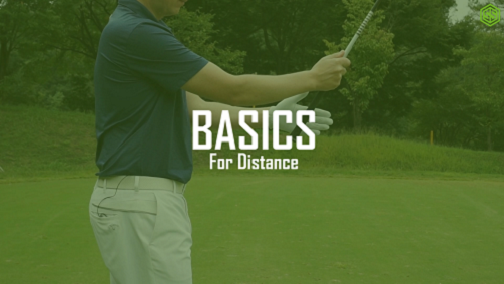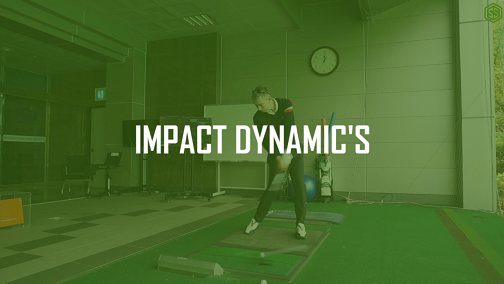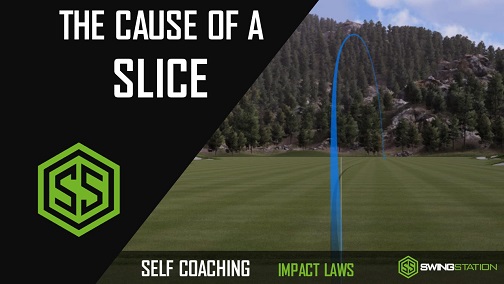What is Early Extension?
How to check if you have early extension
Early Extension occurs when the hips and spine of a golfer start to go into extension or straighten up too early on the downswing. This occurs when the hips and pelvis move closer to the ball on the downswing. Early extension causes the upper body to lift up, allowing the golfer to maintain their balance. The lower body does not easily rotate through impact. Instead, it pushes forward and the person stands up. This will cause players to often complain of being stuck or trapped with their arms on the downswing. The result can be a block or hook as the hands and arms desperately try to deliver the club to the ball. If golfers do not do anything with their hands through impact, they may actually shank some shots because they are closer to the ball than they were at the address.
What TPI have to say about Early Extension:
In order to not early extend during the downswing, several physical characteristics must be developed. First and foremost, research has shown that any limitation in performing a full deep squat or full hip bend can force a player to early extend during the downswing. Failure to perform these movements means generalized stiffness or asymmetry in the musculature and joints of the lower body. These limitations will always prevent a good address position and force players to alter their spinal posture throughout the golf swing. If the pelvis is unable to rotate around the lead hip due to joint or muscular restrictions, then forward and lateral movements will dominate the pattern. Next, the ability to separate your upper body from your lower body allows the lower body to stabilize while rotating your shoulders through impact. Limited trunk to pelvis separation is usually caused by reduced spinal and rib cage mobility and shortened lat flexibility. Finally, the ability to stabilize your lower body is directly proportional to gluteal and abdominal strength and control of the pelvic musculature, which helps control the orientation and movement of the pelvis during the downswing. These muscles help prevent the lower body from thrusting towards the golf ball during the downswing.
If you suffer from Early Extension, focus on drills and articles based on:
Upper body and Lower body separation
Transition (Transition Sequence)
Posture (S – Posture & C – Posture)
Pivot
For a page dedicated to Early Extension with Fixes & Drills visit: https://swingstation.com/early-extension/
Transcript
The early extension swing fault. This occurs in the downswing, when as the fault’s name says, the body is early extending. The hips are moving towards the ball. The upper body will compensate the balance point by moving away from the ball, straightening up. Through impact, the hips won’t be able to rotate, as they’re thrusting towards the ball. Players often complain about being stuck with their arms behind them, resulting in a very active hand release and arm release at impact, making consistency very difficult. Players will also complain about hitting push shots, hook shots, heavy shots, thin shots, even high weak ball flights, so a lot of problems from early extending. A good way for you to test if you’re early extending is draw a line at your backside at address. During the backswing, if you’re making a good backswing, your bum should be still touching the line, if not a little bit behind it. And again, through to impact, your backside is still touching the line, if not a little bit behind it. Any daylight between your line and your backside will mean you’re early extending.




